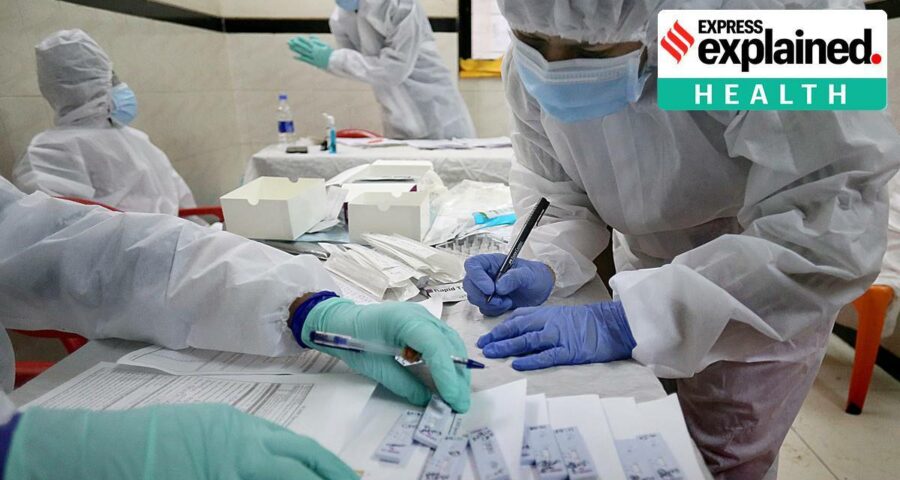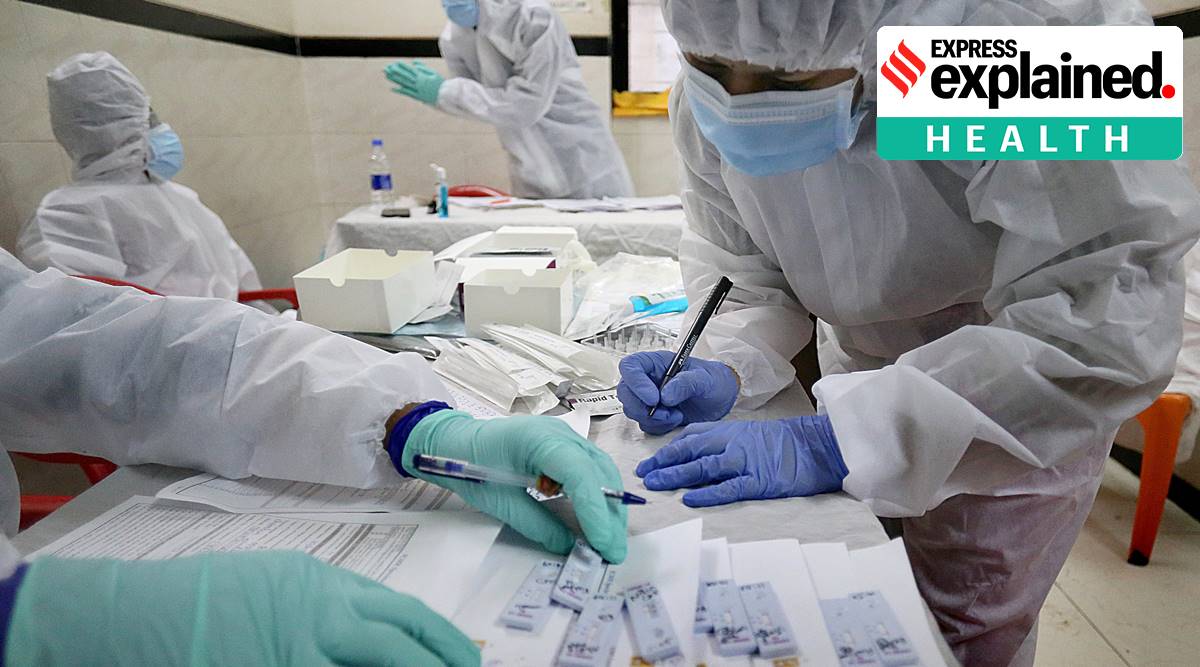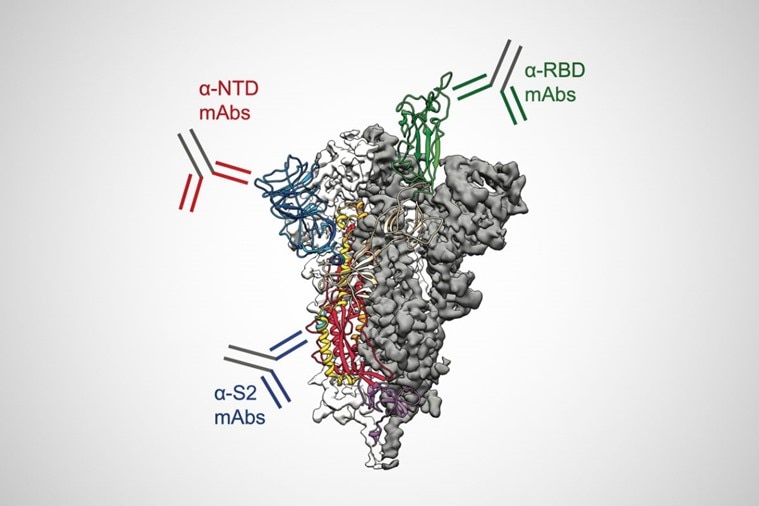Researchers at The University of Texas at Austin (UTexas) describe the finding in the journal Science.
When someone is infected with SARS-CoV-2, their body produces antibodies against the virus. Scientists have now come up with the most complete picture yet is coming into focus of how these antibodies work to neutralise the part of the virus responsible for causing infection. Researchers at The University of Texas at Austin (UTexas) describe the finding in the journal Science.
Newsletter | Click to get the day’s best explainers in your inbox
Previous research focused on one group of antibodies that target the most obvious part of the coronavirus’s spike protein, called the receptor-binding domain (RBD). Because the RBD is the part of the spike that attaches directly to human cells and enables the virus to infect them, it was assumed to be a primary target of the immune system. But, testing blood plasma samples from four people who recovered from SARS-CoV-2 infections, the researchers found that most of the antibodies circulating in the blood — on average, about 84% — target areas of the viral spike protein outside the RBD — and, apparently, for good reason.
“We found these antibodies are painting the entire spike, both the arc and the stalk of the spike protein, which looks a bit like an umbrella. The immune system sees the entire spike and tries to neutralise it,” researcher Greg Ippolito, a molecular bioscientist, said in a statement from UTexas.
Many of these non-RBD-directed antibodies act as a potent weapon against the virus by targeting a region in a part of the spike protein located in what would be the umbrella’s canopy called the N-terminal domain (NTD). These antibodies neutralise the virus in cell cultures and were shown to prevent a lethal mouse-adapted version of the virus from infecting mice.
The NTD is also a part of the viral spike protein that mutates frequently, especially in several variants of concern. This suggests that one reason these variants are so effective at evading our immune systems is that they can mutate around one of the most common and potent types of antibody in our arsenals.
Source: University of Texas at Austin
Source: Read Full Article



